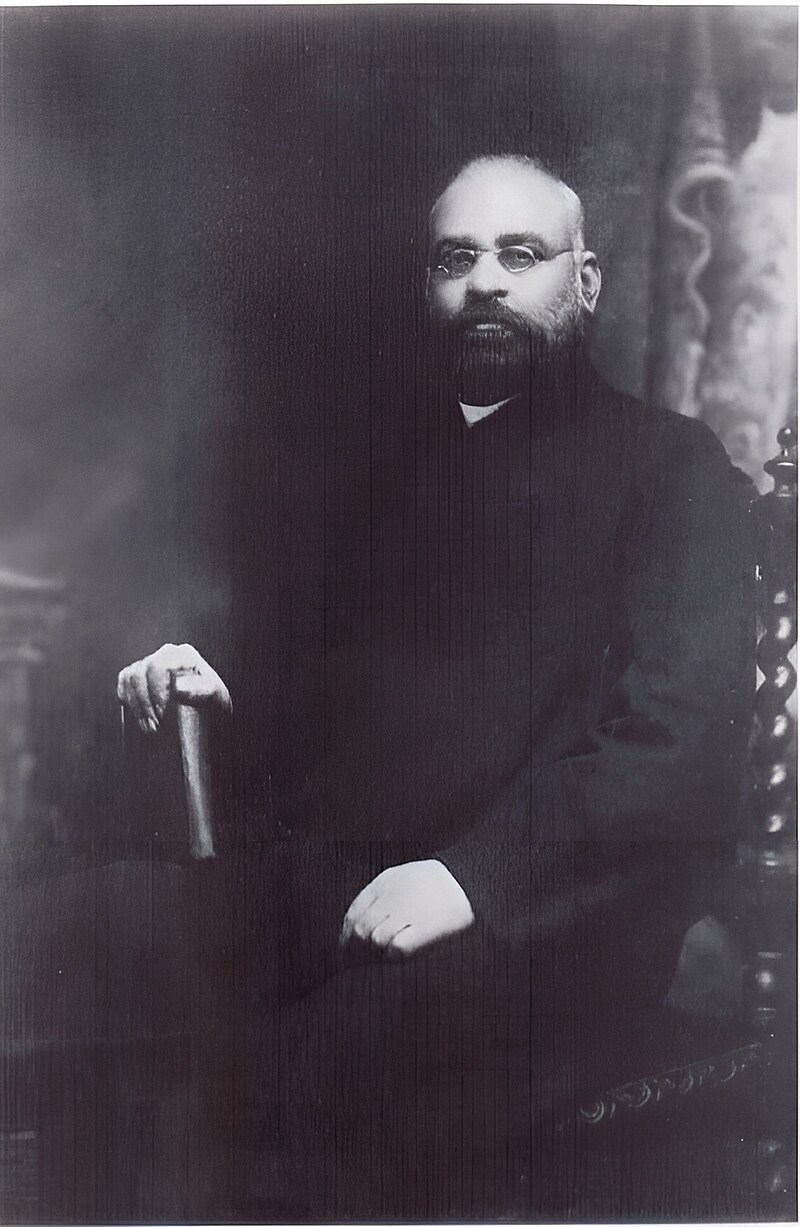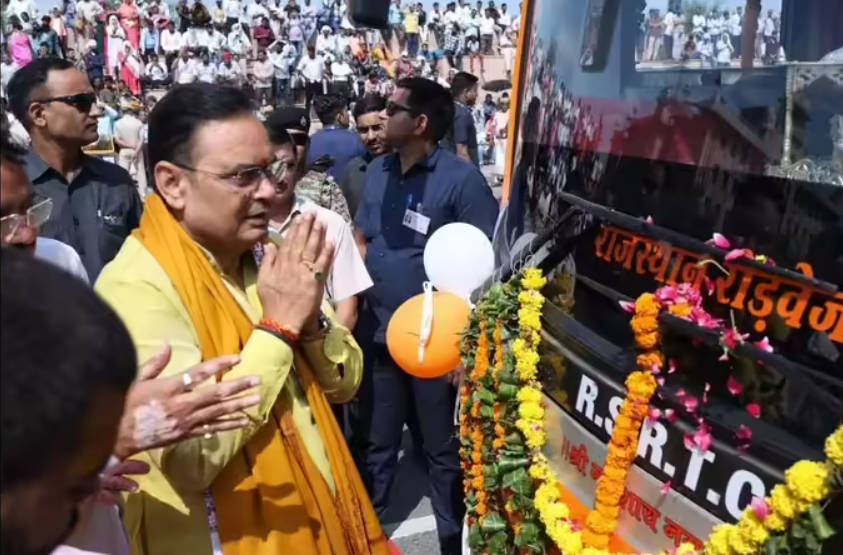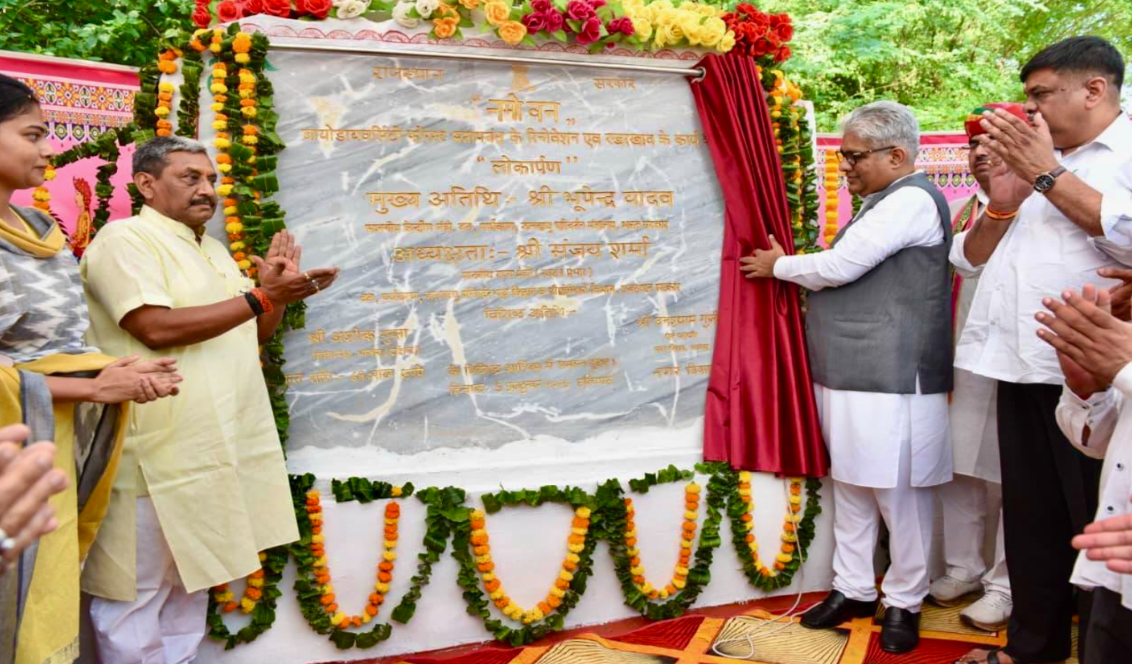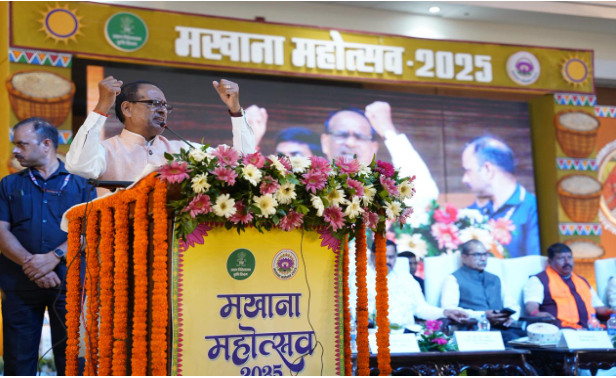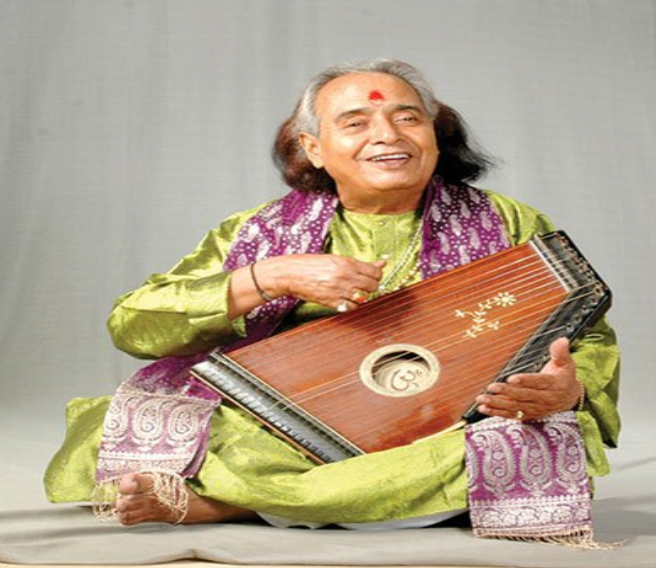National Current Affairs Switch to Hindi
PM Pays Tribute to Shyamji Krishna Varma
Why in News?
Prime Minister Narendra Modi paid tribute to Shyamji Krishna Varma on his birth anniversary, highlighting his unwavering dedication to India’s freedom struggle and urging the youth to emulate his fearless spirit and commitment to justice.
Key Points
- He was an Indian revolutionary, patriot, lawyer, and journalist, born on 4th October 1857, in Mandvi, Gujarat.
- In London, he established the Indian Home Rule Society in 1905, which aimed to inspire young Indians to engage in revolutionary activities against British rule.
- He founded 'India House' as a hostel and meeting place for Indian students in London.
- He also launched 'The Indian Sociologist,' a journal which aimed to inspire young Indians to engage in revolutionary activities against British rule.
- He was the first President of the Bombay Arya Samaj and influenced Veer Savarkar.
- In response to British criticism, Varma transitioned from England to Paris and subsequently settled in Geneva during World War I, where he remained until his death on 30th March 1930.
- He had wished for his ashes to be brought back to a free India, a wish realised in August 2003 by then Gujarat Chief Minister Narendra Modi.
- A memorial called Kranti Teerth dedicated to him was built and inaugurated in 2010 near Mandvi.
Rajasthan Switch to Hindi
Rajasthan Launches ‘Aapni Bus-Rajasthan Roadways’ Initiative
Why in News?
Chief Minister Bhajanlal Sharma inaugurated the ‘Aapni Bus-Rajasthan Roadways’ initiative on 5th October 2025, marking a significant step towards improving rural transport connectivity and passenger amenities in Rajasthan.
Key Points
- About: The initiative is part of the state budget’s commitment to upgrade transport infrastructure, especially in rural and semi-urban areas.
- Earlier, these routes were operated under the ‘Public Transport Service’, which has now been rebranded as ‘Aapni Bus-Rajasthan Roadways’ for better visibility and integration.
- The buses will be managed by private operators under RSRTC’s supervision, ensuring professional service delivery and maintenance standards.
- Coverage: The service will operate across 169 gram panchayats to strengthen last-mile connectivity by ensuring affordable, safe, and reliable transport for rural and small-town areas.
- Operational Framework: The model operates on a revenue-sharing arrangement wherein private operators pay ₹5–7 per kilometre to the Rajasthan State Road Transport Corporation (RSRTC), while passengers are charged a fixed fare of ₹1.5 per kilometre.
- Free travel concessions will continue for women, senior citizens, and government-sponsored beneficiaries.
- All buses are equipped with GPS, panic buttons, and real-time tracking systems to enhance safety and transparency.
- Significance: The initiative enhances rural connectivity by improving access to healthcare, education, and markets, generates local employment, integrates digital governance with smart tracking for transparency, and improves passenger comfort and trust through better safety and catering facilities.
Rajasthan Switch to Hindi
Rajasthan’s First Namo Biodiversity Park
Why in News?
Rajasthan’s first ‘Namo Biodiversity Park’, also known as ‘Namo Van’, was inaugurated at Pratap Bandh, Alwar, by Union Minister for Environment, Forest and Climate Change, Shri Bhupender Yadav.
Key Points
- About: Namo Van is a new eco-friendly park initiative launched across major Indian cities, as part of Prime Minister Narendra Modi's nationwide push to increase green spaces and promote urban sustainability.
- Green Infrastructure: The park is envisioned as a green lung for Alwar, enhancing local greenery and improving air quality.
- Public Awareness: It aims to promote environmental awareness and encourage citizens to adopt eco-friendly lifestyles.
- Community Participation: Designed to foster public involvement in conservation, aligning with India’s climate action and biodiversity goals.
- Sustainability Focus: The initiative marks a key milestone in Rajasthan’s green development and supports India’s commitment to environmental sustainability.
- Significance: The park represents a step forward in integrating urban ecological planning with public participation, reflecting India’s broader efforts under the National Biodiversity Action Plan and Mission LiFE (Lifestyle for Environment) initiative.
Bihar Switch to Hindi
Makhana Mahotsav 2025 Held in Patna
Why in News?
Union Minister for Agriculture, Farmers’ Welfare and Rural Development, Shri Shivraj Singh Chouhan, visited Patna during his one-day tour of Bihar to participate in the ‘Makhana Mahotsav 2025’ at Gyan Bhavan, Gandhi Maidan.
- On this occasion, he released the report titled ‘Makhana: From Culture to Prosperity’ (Makhana: Sanskriti se Samriddhi).
Key Points
- About: The mahotsav aims to position Bihar as a leader in makhana production while promoting its economic and cultural significance across India.
- The Central Government has established the Makhana Board with ₹475 crore for modern machinery, improved varieties, and processing infrastructure to enhance makhana production, marketing, and export competitiveness.
- Strengthened by research at NRCM Darbhanga, the initiative aims to diversify India’s agro-export basket, generate rural employment, and increase farmers’ incomes through integration with global value chains.
- Bihar accounts for over 90% of global makhana output, with cultivation expanding from about 3,000 to 35,000–40,000 hectares, and exports now reaching markets in Europe, the U.S., and East Asia.
- National Research Centre for Makhana (NRCM): The NRCM in Darbhanga serves as India’s premier institute for makhana research and innovation.
- It has developed high-yielding makhana and thornless water chestnut varieties, and introduced water-efficient integrated farming systems such as makhana-cum-fish cultivation.
- Over 15,824 kg of high-yield makhana seeds have been distributed to farmers, KVKs, and institutions like NABARD and the Bihar Horticulture Development Society.
- Several machines for makhana processing have been designed and commercialised, including seed washers, graders, roasting and popping machines, and graders for popped makhana.
- The NRCM has trained thousands of farmers and entrepreneurs, promoting rural employment and sustainable livelihoods across Bihar, Uttar Pradesh, and Chhattisgarh.
Haryana Switch to Hindi
Sabar Dairy Plant Inaugurated in Haryana
Why in News?
Union Home and Cooperation Minister Amit Shah inaugurated the Sabar Dairy Plant at IMT Rohtak, Haryana, terming it a milestone for India’s rapidly growing dairy industry and a major step toward farmer welfare and cooperative empowerment.
Key Points
- About: The plant, India’s largest facility for curd, buttermilk, and yoghurt, has been constructed at a cost of ₹350 crore by Sabar Dairy (Amul Group).
- It will serve the entire Delhi-NCR and northern India, directly benefiting milk producers from Haryana, Rajasthan, Punjab, Uttar Pradesh, Maharashtra, and Bihar.
- Gujarat’s cooperative model, led by Sabar Dairy, which has advanced in embryo transfer, sex-determination, biogas, beekeeping, and organic farming, will be replicated in Haryana to enhance farm income and sustainability.
- Haryana’s Performance: Haryana ranks third in India in milk production, recording an annual output of about 122.2 lakh tonnes, with a per capita milk availability of 1,105 grams per day.
- Backbone of Rural India: The Dairy industry contributes over 6% to the country’s GDP and supports the livelihoods of over 80 million dairy farmers. Around 12-14% of agricultural income comes from dairying.
- Global Ranking: India has been the world’s top milk producer since 1998, now producing 25% of global milk. Between 2014-15 and 2023-24, milk production rose 63.56%, from 146.3 million tonnes to 239.2 million tonnes.
- In 1950-51, India produced less than 21 million tonnes of milk annually.
- Future Plan: Under White Revolution 2.0, 75,000 new dairy societies and 46,000 revitalised cooperative societies will be established nationwide.
- India’s milk processing capacity to rise from 660 lakh litres/day to 100 million litres/day by 2028-29.
- Government Initiatives:
- National Gokul Mission: Genetic improvement and conservation of indigenous breeds.
- National Artificial Insemination Programme: Expanding breeding coverage and productivity.
- Animal Husbandry Infrastructure Development Fund (AHIDF): Modern infrastructure and processing support.
- National Animal Disease Control Programme (NADCP): Eradication of foot-and-mouth and brucellosis diseases.
- Three New National Cooperative Societies: For animal feed, manure management, and circular economy use of animal remains.
Uttar Pradesh Switch to Hindi
Vocalist Chhannulal Mishra Passes Away at 89
Why in News?
Pandit Chhannulal Mishra, a towering figure in Hindustani classical music, passed away in Mirzapur, Uttar Pradesh, at the age of 89, after battling a prolonged illness.
Key Points
- About: He was born on 3rd August 1936 in Hariharpur village, Azamgarh district, Uttar Pradesh, and passed away on 5th October 2025.
- Musical Journey: He was one of the foremost exponents of Hindustani classical music, particularly the Khayal, Thumri, Dadra, Chaiti, Kajri, and Bhajan forms.
- He received initial music training from his father, Badri Prasad Mishra.
- His classical music education was further enriched under the guidance of Ustad Abdul Ghani Khan of the Kirana gharana and Thakur Jaidev Singh.
- He earned national and international acclaim for elevating the Khayal, Thumri, and Purab Ang styles of the Banaras Gharana to global prominence.
- Achievements:
- Sangeet Natak Akademi Award: 2000
- Padma Bhushan: 2010
- Padma Vibhushan: 2020
Hindustani Classical Music
- About: Hindustani music, practised mainly in North India, is one of the two main schools of Indian classical music, the other being Carnatic music from South India.
- Core Features & Styles: It is largely vocal-centric, with Dhrupad and Khayal representing Classical Hindustani, while Thumri, Dhamar, Tarana, Tappa, Qawwali, and Ghazal are Semiclassical Hindustani styles.
Thumri
- About: Thumri, a semi-classical music form of North India, emerged in the 19th century under Nawab Wajid Ali Shah’s patronage and is celebrated for its emotional depth, melodic beauty, and expressive storytelling.
- After Awadh’s fall in 1856, its centre moved to Banaras, gaining a spiritual and devotional tone (Radha-Krishna theme).
- Distinct Feature: Emphasises bhava (emotion) and allows freedom in improvisation, rather than strict adherence to raga rules.
- Influences: Incorporates elements from Hori, Kajri, Dadra, Jhoola, Chaiti, and other folk or semi-classical forms.
- Forms of Thumri:
- Purbi Thumri (Eastern/Slow tempo): Lyrical and deeply emotional, primarily linked with the Banaras Gharana.
- Punjabi Thumri (Fast tempo): Energetic and lively, associated with the Patiala Gharana.
- Major Gharanas: Banaras Gharana, Lucknow Gharana, and Patiala Gharana.

.gif)

.png)





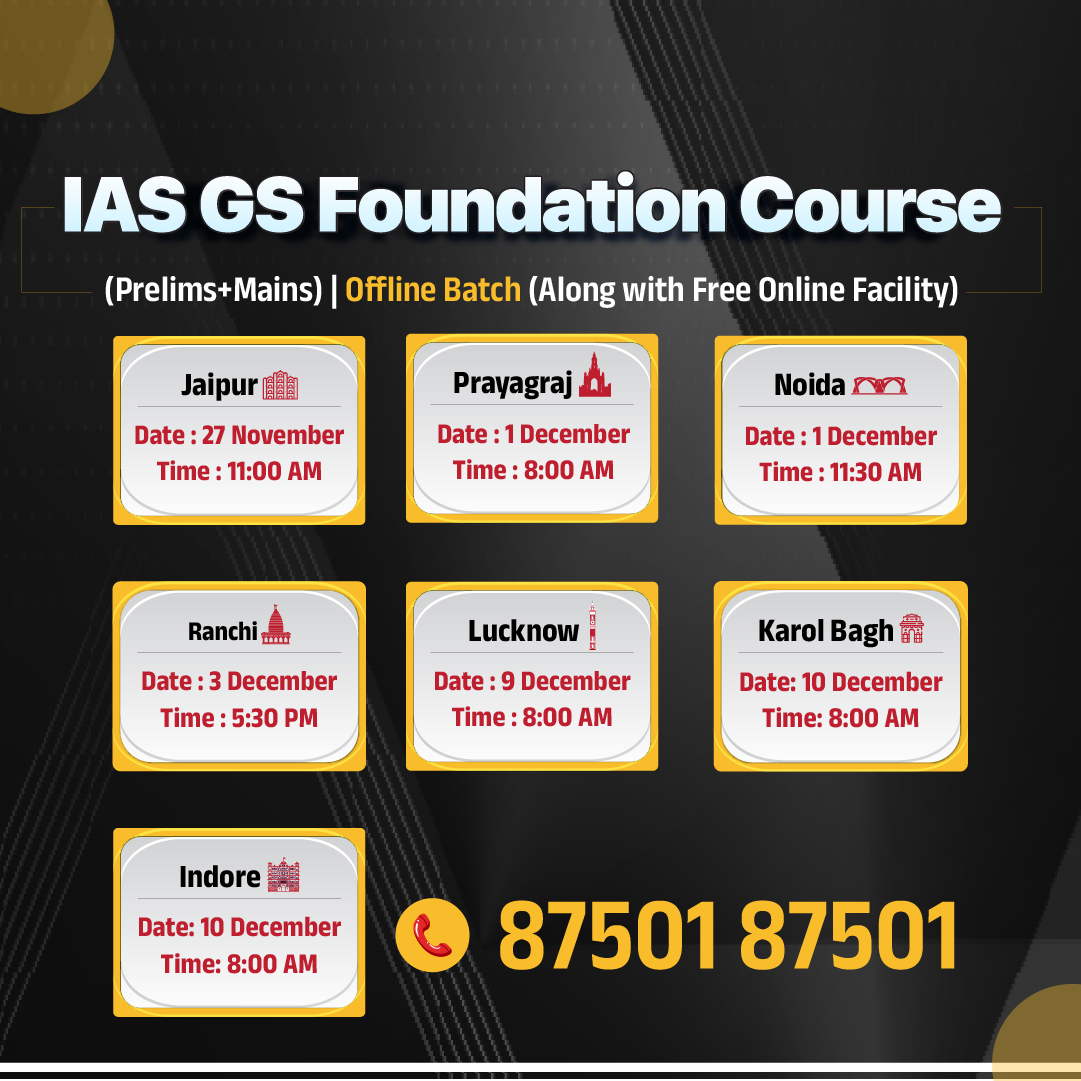



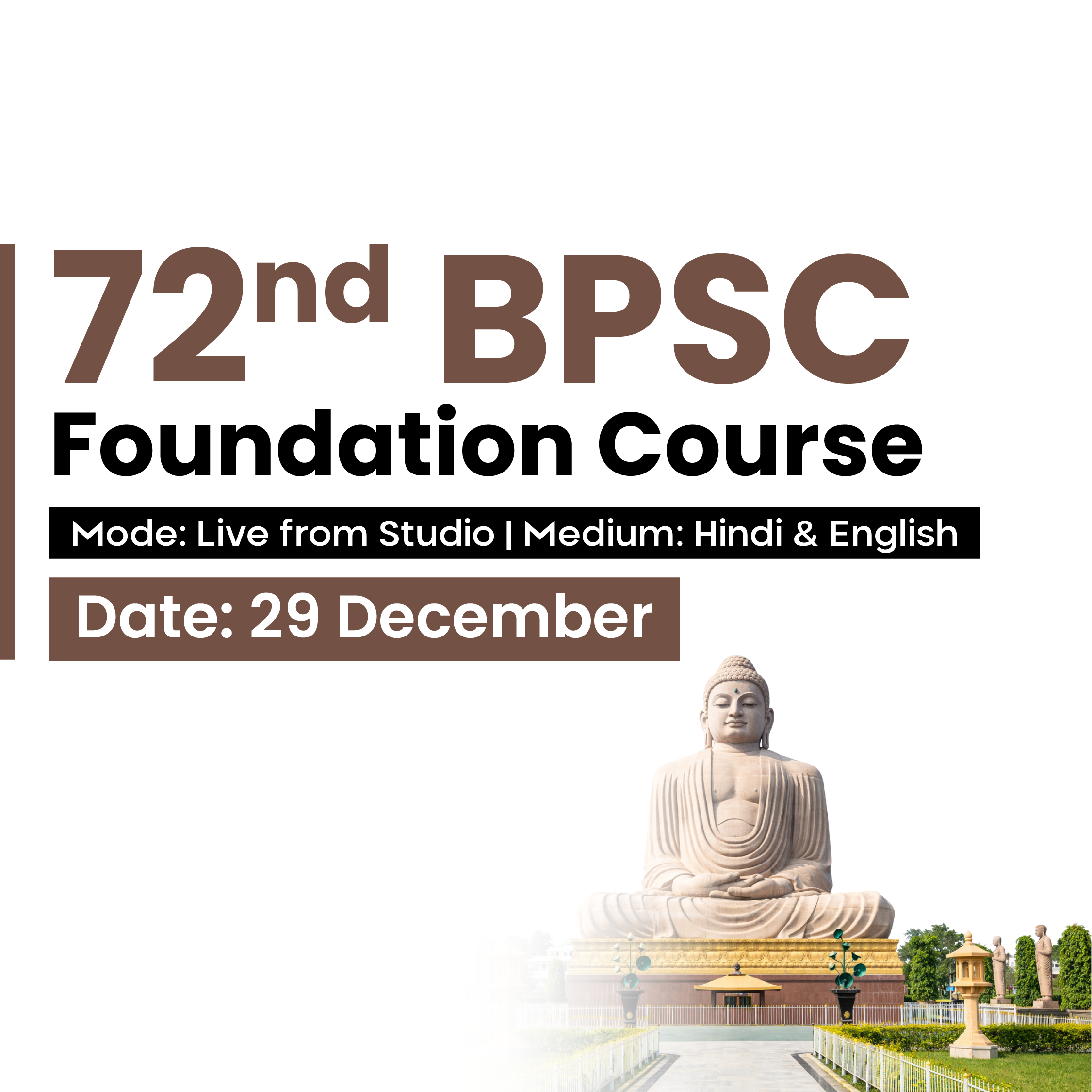






.png)
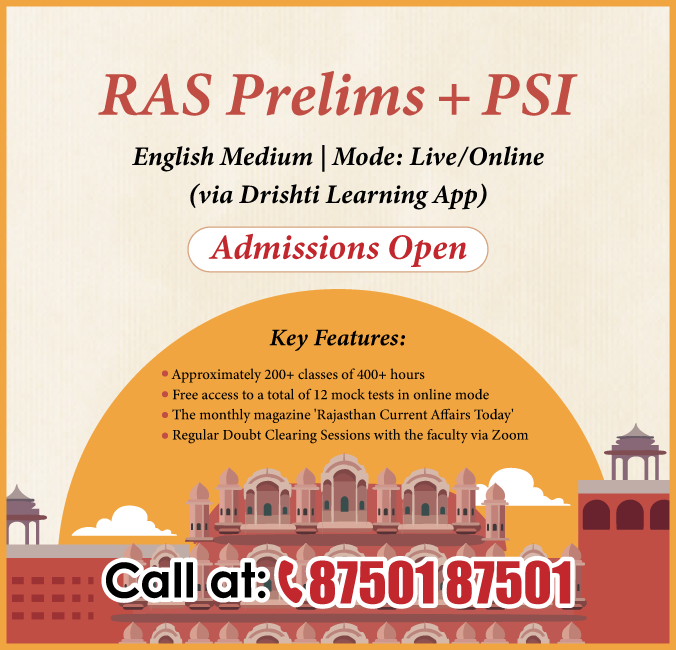

.jpg)

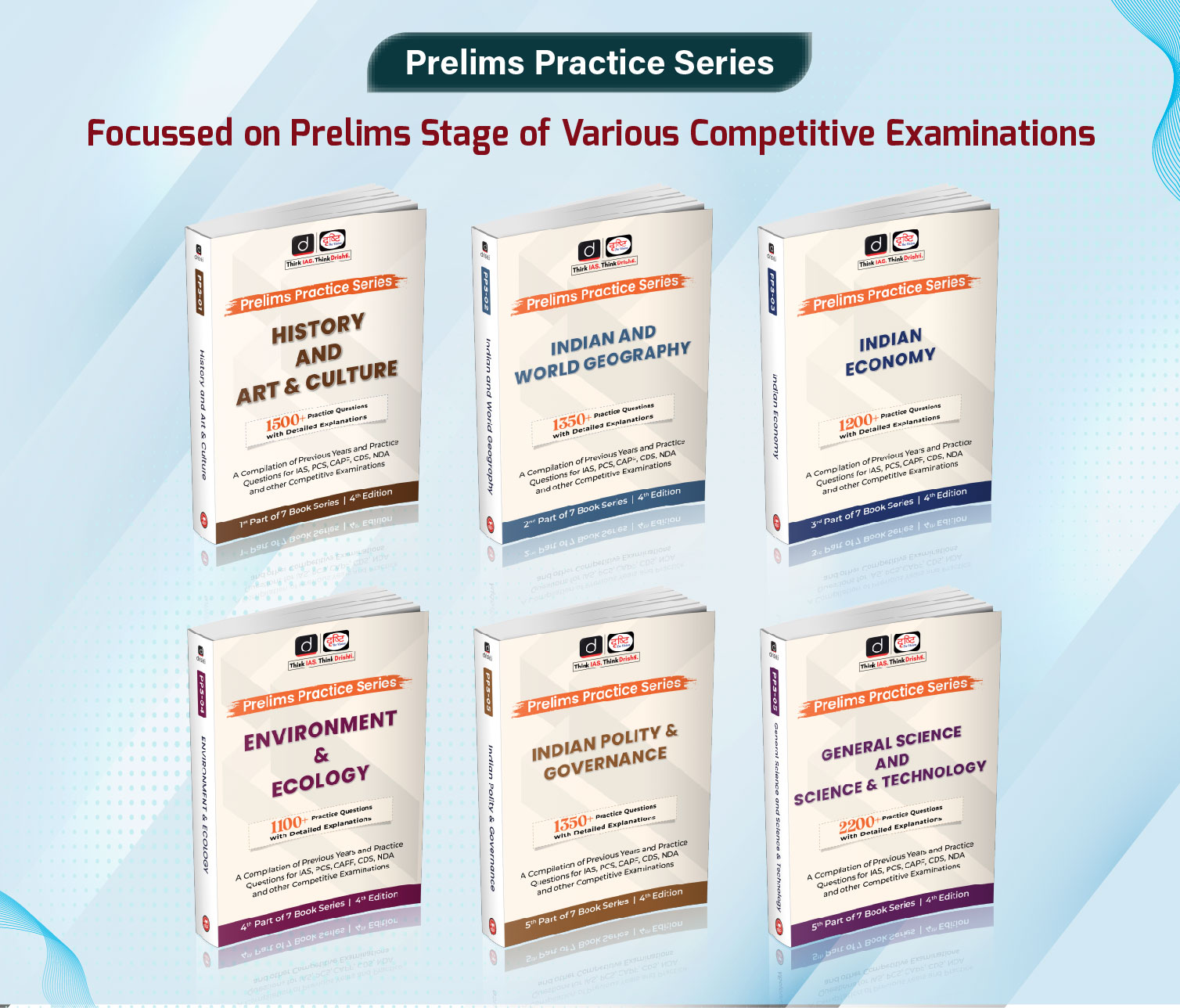

 PCS Parikshan
PCS Parikshan